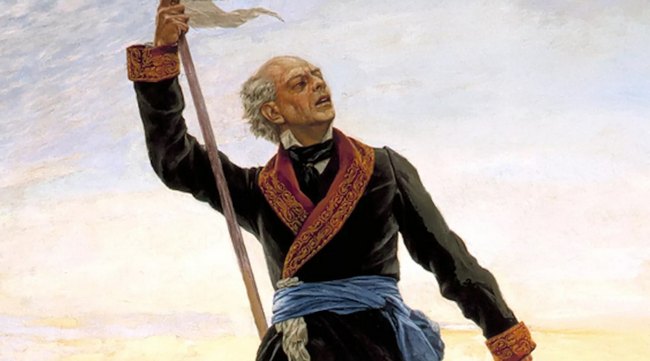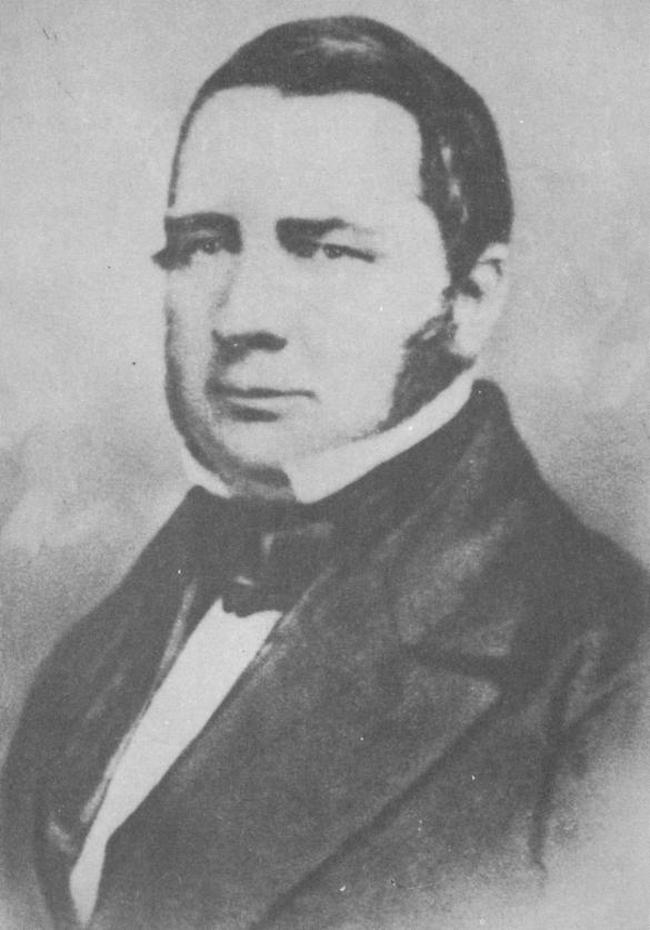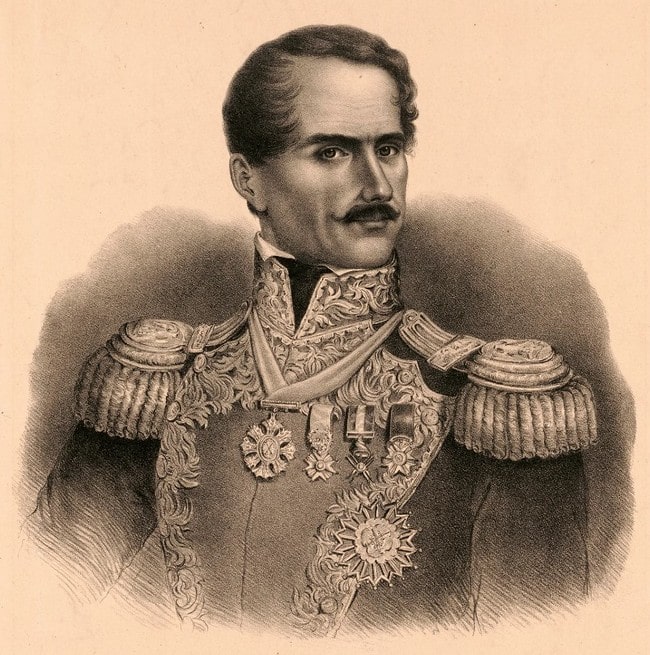
Marcus Sewell was a prominent figure in the history of Texas, and his contributions to the state are still recognized and celebrated to this day. From his role in the Texas Revolution to his leadership in the Republic of Texas, Marcus Sewell played a crucial part in shaping the state of Texas as we know it today.
Early Life and Military Career
Marcus L. Sewell was born in 1806 in Virginia and grew up in Kentucky. He later moved to Alabama, where he started a family and began his military career. He served in the Alabama Militia and rose through the ranks to become a colonel. In 1835, he moved to Texas and settled in San Augustine. There, he joined the Texas army and fought in the Texas Revolution.
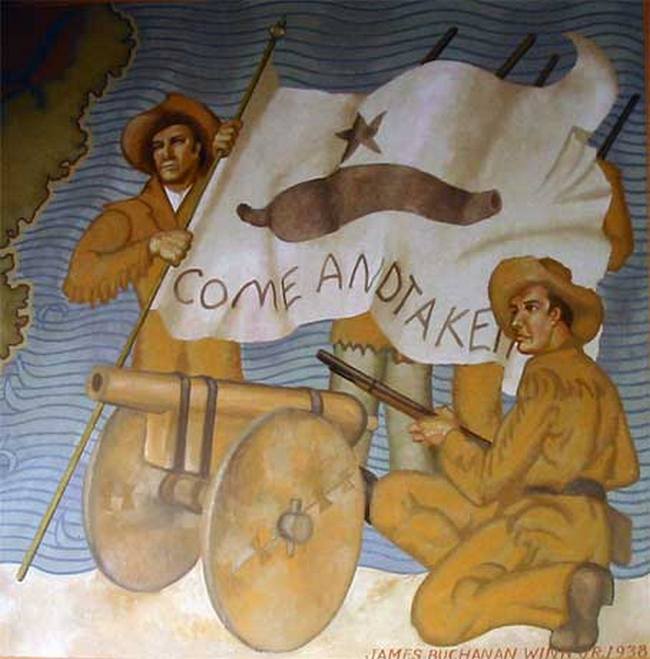
Source: en.wikipedia.org
Texas Revolution
During the Texas Revolution, Marcus Sewell served as a lieutenant colonel in the Texas army. He fought in several battles, including the Battle of Gonzales, where he helped secure the town’s cannon, and the Battle of San Jacinto, where he served under the command of General Sam Houston. At San Jacinto, Sewell led a charge that helped break the Mexican lines and secure a crucial victory for the Texas army.
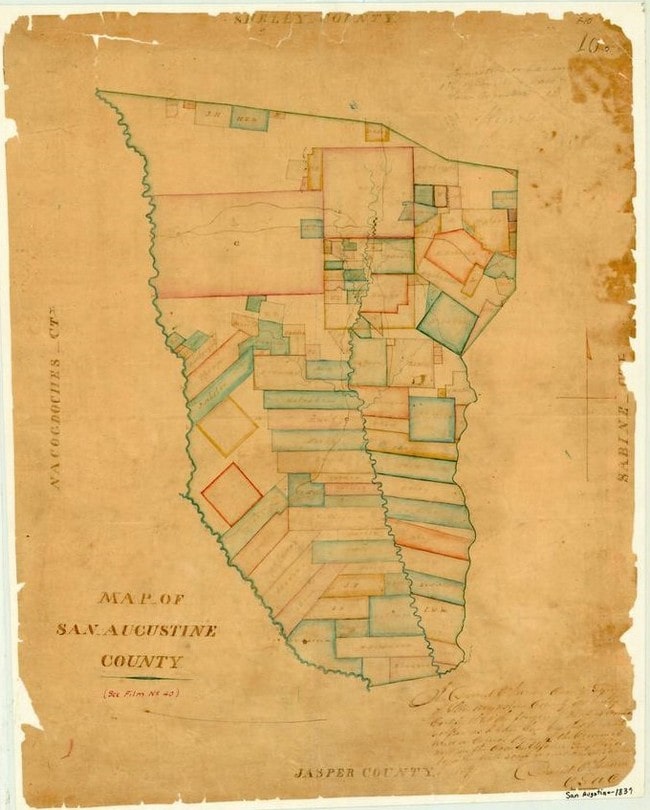
Source: texashistory.unt.edu
Republic of Texas
After Texas gained independence from Mexico in 1836, Marcus Sewell became an influential figure in the new Republic of Texas. He served in several leadership positions, including as a member of the Republic’s Congress and as a commissioner for the Texas Navy.
Sewell was also instrumental in establishing the Republic’s judiciary system. He helped draft the Texas Constitution of 1836, which established the Supreme Court of Texas and the district and county court system.

Source: en.wikipedia.org
Later Life
In the years following his service in the Republic of Texas, Marcus Sewell continued to play an active role in Texas politics. He was a member of the Texas House of Representatives in 1850 and served as a justice of the peace in San Augustine County.
Sewell’s legacy in Texas continued long after his death in 1869. In 1936, the Texas Historical Commission erected a marker in his honor at his gravesite in San Augustine.
FAQ
What motivated Marcus Sewell to leave his home state of Alabama and move to Texas?
What kind of leader was Marcus Sewell during his time in the Texas army?
What were Marcus Sewell's views on slavery?
How did Marcus Sewell's experiences in the Texas Revolution shape his political beliefs?
What was Marcus Sewell's relationship with other prominent figures in Texas history, such as Sam Houston and Stephen F. Austin?
Conclusion
Marcus Sewell was a key figure in the history of Texas, and his contributions to the state were many. From his service in the Texas Revolution to his leadership in the Republic of Texas, Sewell played a crucial part in shaping the state of Texas as we know it today. His legacy is still recognized and celebrated by Texans to this day.
